|
Chau Van singing - A unique feature of Vietnamese culture
To preserve and promote the art of Chau van singing, the French Cultural Centre in Hanoi and Vietnam’s Chau van Singing Preservation Club recently organized a two-night Chau van singing performance, drawing much attention from the public.
Chau van, also known as Hat van and Hat bong, originates from the Red River delta and mainly the northern province of Nam Dinh. It is a religious form of art which combines singing and dancing that is often performed in the Hau dong (mediumship) rite of the religion of the “Four Palaces” or the Mother Goddess and Saint Tran (Tran Hung Dao).
The lyrics and verses of the songs in Chau van singing focus on extolling the merits of beneficent deities or national heroes. Therefore, the melodies are smooth and attiring and then quick, strong and joyful in the fuss of tambourine, castanets and cymbal noises that always give the performance an animated atmosphere.
The book entitled “Kien van tieu luc” by scholar Le Quy Don (1726-1784) says: “In the Tran Dynasty (1225-1400), there was a style of singing in the kings’ presence, called Chau signing”. Chau van singing consists of different forms, including Van thi or Hat van (competition singing), Van tho or Hat tho (worship singing) and Van hau or Hat len dong (singing at the Hau dong rite).
Hat thi is often seen at competitions and only one person performs while Hat tho is performed on the first and fifth days of the month according to the lunar calendar and on festive days of saints’ parties.
Hat len dong plays an important role in the rite of going into a trance. During the rite, the spirits of saints incarnate into male and female mediums who then dance and enjoy songs performed by Cung van (singers and instrumentalists).
Prof. Ngo Duc Thinh, Head of Vietnam’s Chau van Singing Preservation Club, said: “Chau van singing is a valuable religious form of art that needs to be preserved, promoted and introduced to the public both at home and abroad. Chau van singing has acquired over the centuries both quintessence and folksy characteristics so it has all factors to be recognized as a world’s intangible cultural heritage.
Source: VNP
|
Thứ Hai, 3 tháng 2, 2014
Đăng ký:
Đăng Nhận xét (Atom)
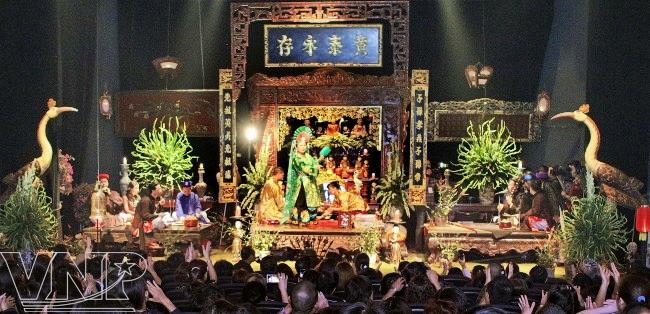
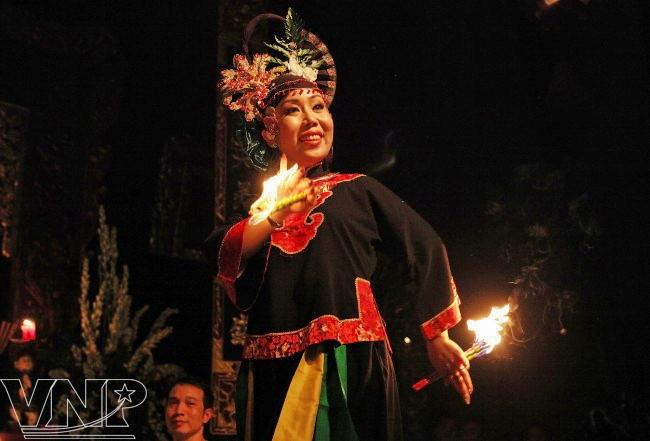
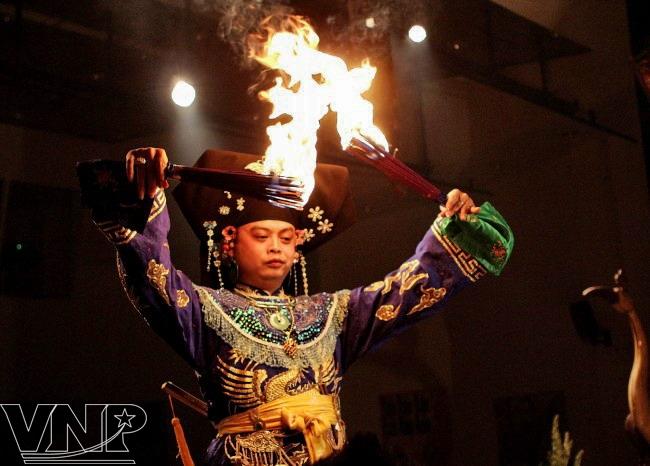
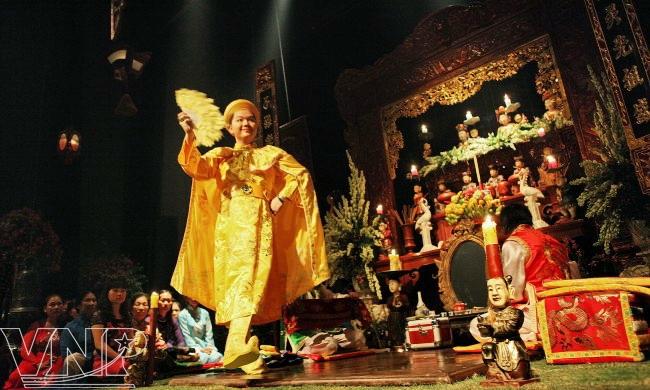
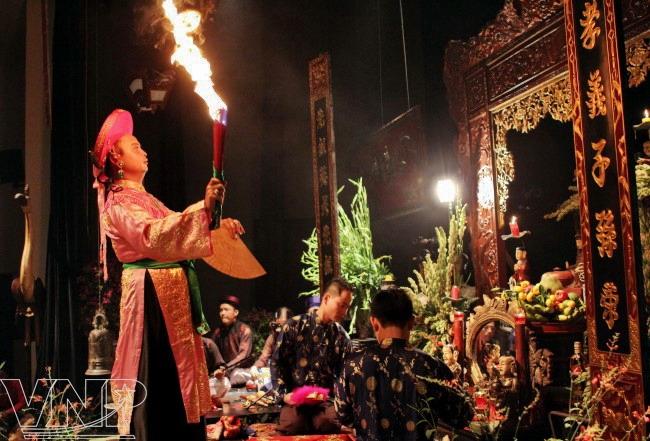
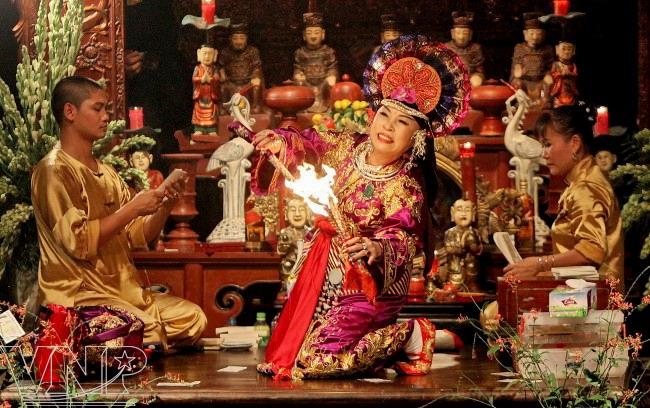
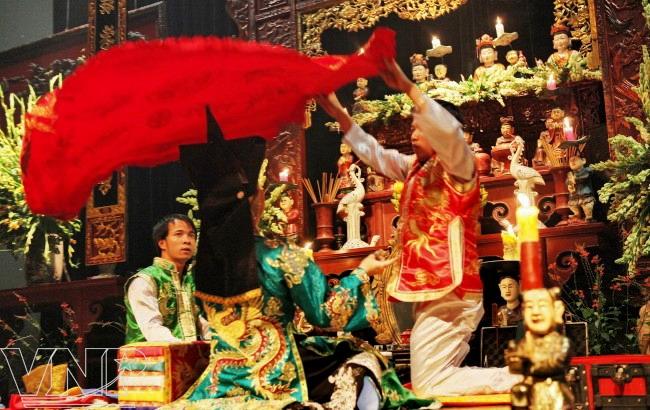
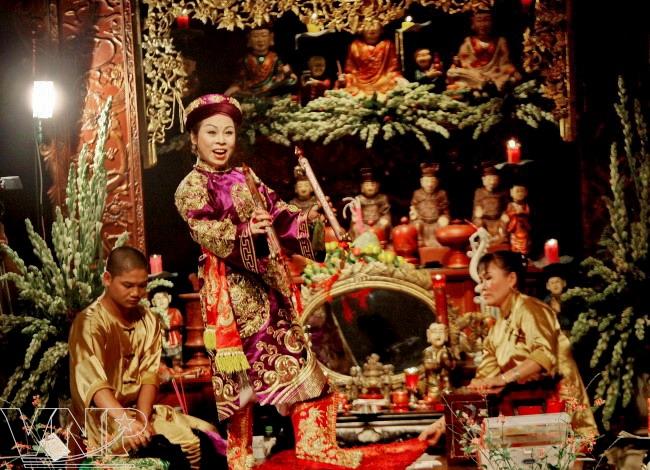
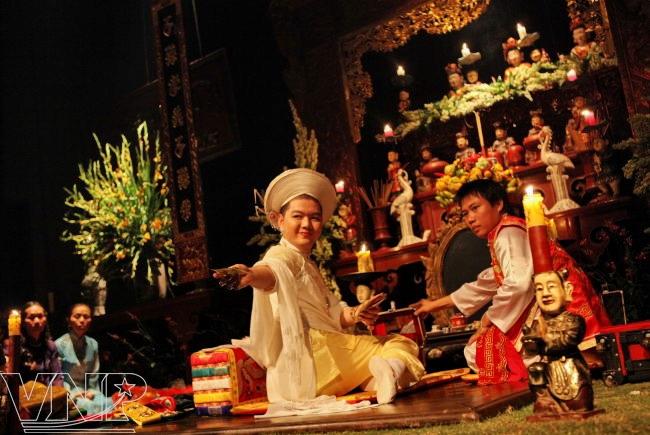

Không có nhận xét nào:
Đăng nhận xét